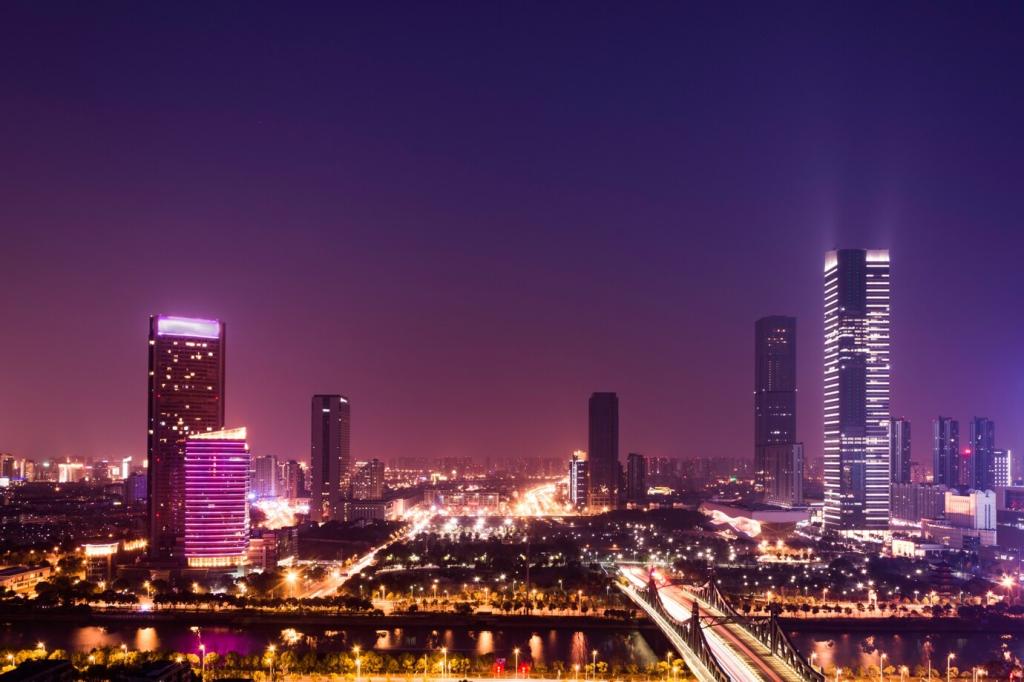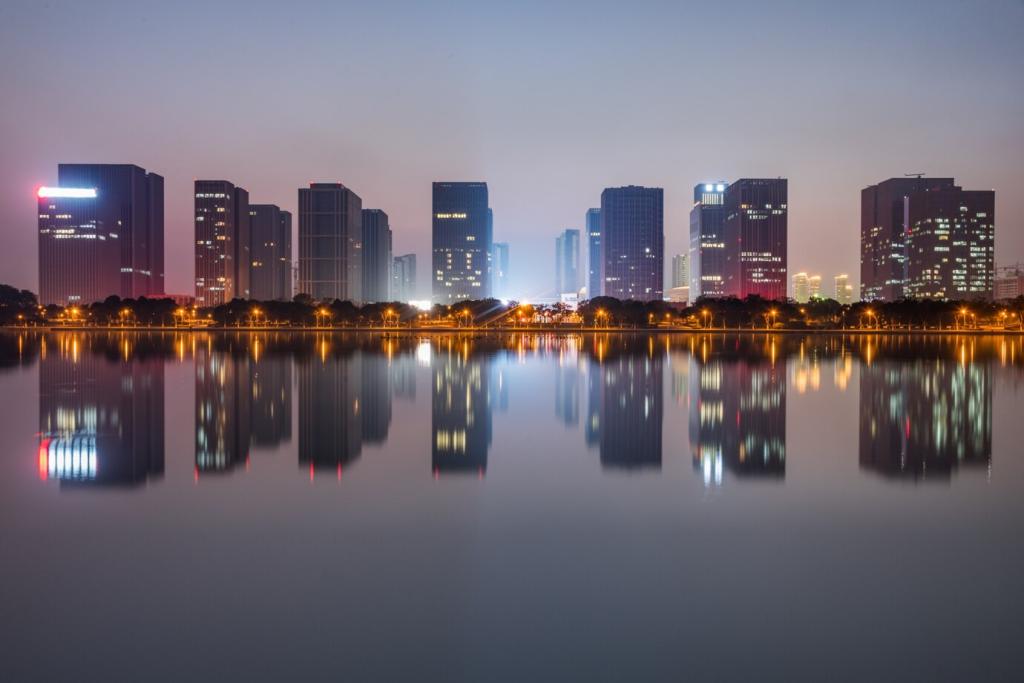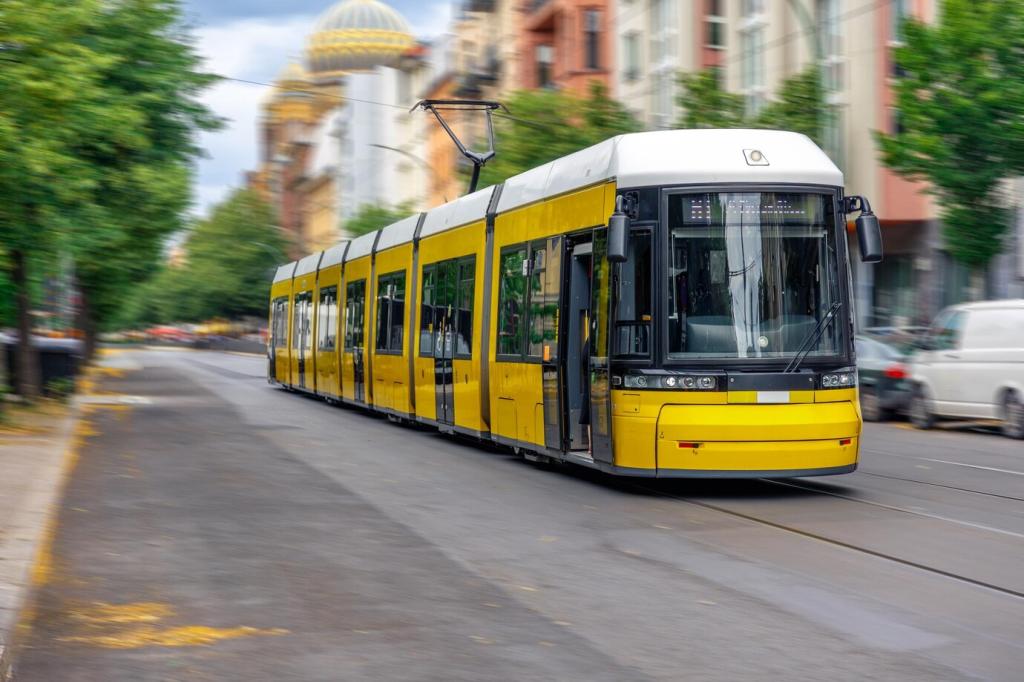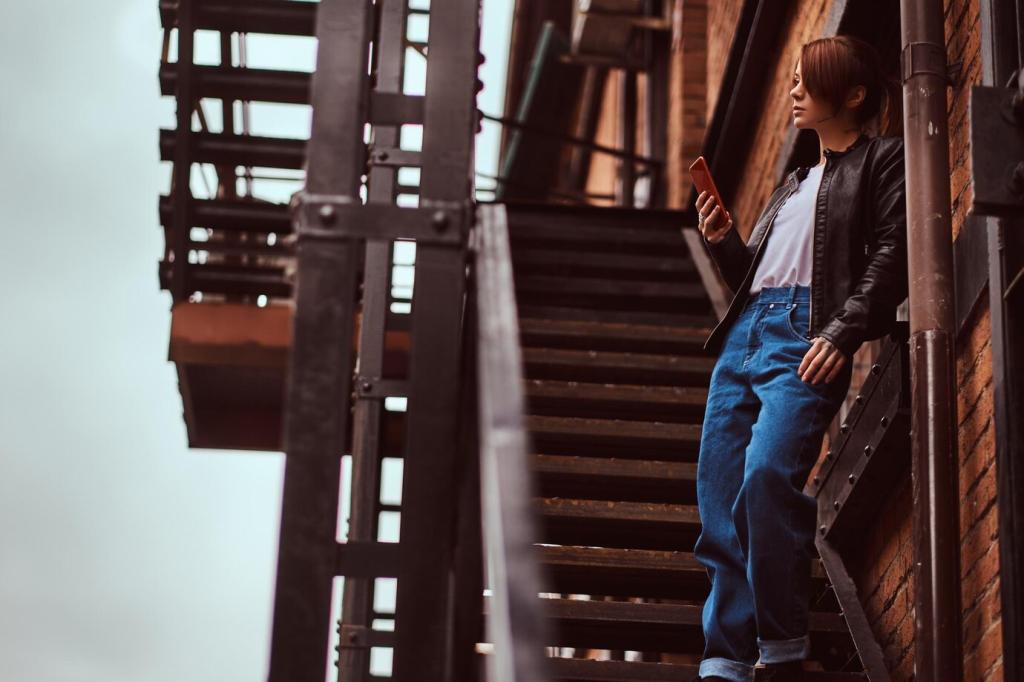Balancing Light and Shadows in Urban Settings
Chosen theme: Balancing Light and Shadows in Urban Settings. Step into the living theater of the city, where sunbeams, reflections, and silhouettes shape mood, movement, and memory. Join our community, share your observations, and subscribe for more illuminating journeys through everyday streets.
Reading the City’s Light: Patterns, Angles, and Reflections
Tall façades narrow the sky and turn avenues into sun tunnels, intensifying glare at certain hours and casting deep, cool shadows at others. Track the sun on your block for a week and note which corners feel welcoming, and which repel lingering.


Reading the City’s Light: Patterns, Angles, and Reflections
Reflective materials bounce light into unexpected places, turning a river into a floating lantern or a lobby into a mirror. High albedo helps brighten gloomy streets but can create harsh sparkles. Photograph reflections at noon, then at dusk, and compare their personalities.

This is the heading
Lorem ipsum dolor sit amet, consectetur adipiscing elit. Ut elit tellus, luctus nec ullamcorper mattis, pulvinar dapibus leo.

This is the heading
Lorem ipsum dolor sit amet, consectetur adipiscing elit. Ut elit tellus, luctus nec ullamcorper mattis, pulvinar dapibus leo.
Design Moves that Tame Glare and Grow Shade
Dappled shade reduces radiant load without plunging sidewalks into darkness. Deciduous trees filter summer sun, while awnings catch high angles and leave winter light welcome. Share which canopy, pergola, or species works best on your block, and why it feels right to linger there.
Design Moves that Tame Glare and Grow Shade
Recessed windows, louvers, and matte finishes control glare, while light-colored interiors bounce daylight deeper into rooms. Consider how a two-centimeter reveal can change a room’s mood. Which buildings in your city demonstrate thoughtful articulation that respects both brightness and restfulness?


Light, Well-Being, and Safety After Dark
Our eyes need time to shift from cone-led detail to rod-led sensitivity. Overbright hotspots can temporarily blind, making adjacent shadows feel threatening. Advocate for shielded fixtures that guide light downward and preserve night vision, creating a calmer rhythm between brightness and rest.
Light, Well-Being, and Safety After Dark
Continuous, warm pools at 2700–3000K help pedestrians read faces and textures while avoiding glare. Place emphasis near crossings, entries, and decision points rather than flooding entire blocks. Tell us where a single well-placed lamp improved comfort more than a bank of floodlights ever did.
Light, Well-Being, and Safety After Dark
Older adults and low-vision pedestrians benefit from reduced contrast, consistent luminance, and limited color shifts. Benches and curb ramps should be softly lit, not spotlighted. Collect feedback from neighbors and co-design brighter belonging without brighter bulbs, then share your checklist for others to adapt.

Midday Shade as Passive Cooling
Shade reduces mean radiant temperature dramatically, often more than air temperature changes alone. A shaded bench fills faster, and a café line grows where awnings stretch. Tell us where shade reshapes foot traffic in your city, and how businesses have adapted accordingly.
Cool Pavements and Reflectance Trade-offs
High-reflectance pavements lower surface temperatures but may increase glare. Combine cool surfaces with trees or textured finishes to scatter light. Have you walked a bright plaza that felt too stark? Recommend a simple retrofit that could rebalance brightness without losing thermal benefits.
Light Pollution, Energy, and Stars
Full cutoff fixtures, dimming schedules, and adaptive controls save energy while restoring the sky. Birds and insects navigate better when we temper brightness. Share a local policy or pilot that reduced spill light; what changed in the neighborhood’s mood and nighttime soundscape?
Field Notes and a Small Experiment You Can Try
One summer, a barista dragged a single umbrella three meters at 10 a.m. and doubled the occupied tables by noon. The shadow caught the queue precisely when the sun crested the roofline. What small, timely shifts could work on your block tomorrow?
Field Notes and a Small Experiment You Can Try
Pick a sunny sidewalk. Mark the shadow edge every thirty minutes with chalk; note temperature, crowd density, and dwell time. Photograph each mark from the same angle. After a day, you’ll have a living diagram of comfort. Post your map and observations for feedback.


